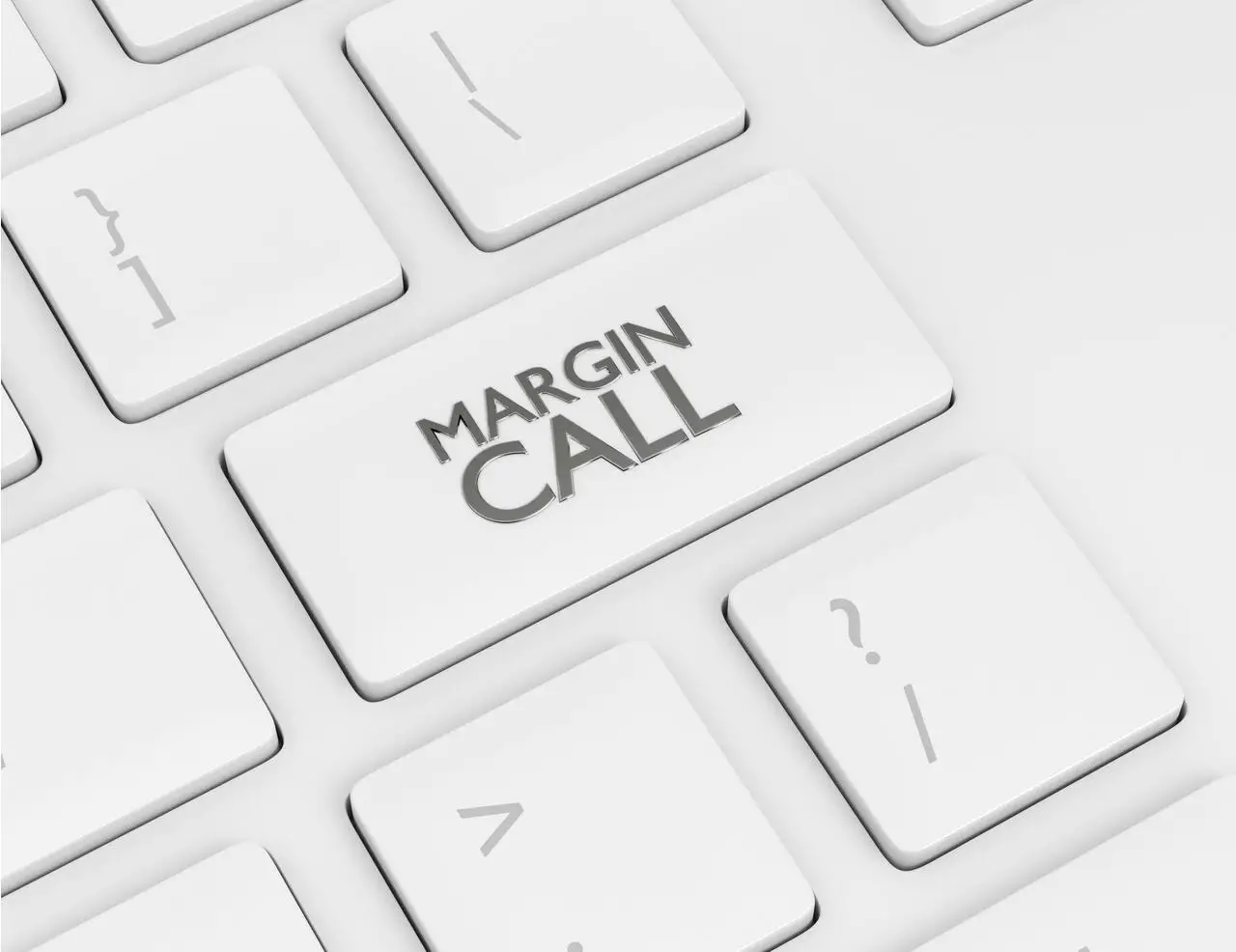A margin call is a term used to describe a broker’s request to put more collateral, or otherwise, the holdings in the account will be sold in the open market. To understand what a margin call is there are a few terms we also need to be acquainted with. Understanding what leads up to a margin call is the best way to understand what it is.
How does a margin call work?
When it comes to brokerage accounts there are usually two types of accounts: cash and margin. A cash account allows investors to buy and sell securities with their own funds. Margin accounts are very different. Margin accounts allow the investors to trade a higher value than their equity, based on the broker’s margin requirements.
As a rule of thumb brokers will allow investors to use a 50% margin. That means that any funds that an investor has in its account will be able to trade with twice the equity. This way if you deposit $100, you will be able to trade $200. Some brokers require even less equity, in some cases 25% of the equity. However, the risks of engaging in that are even higher. This is because the margin call will most likely happen at a drawdown of 25% if you are using all the margin.
Brokers are rewarded by charging interest on the money they borrow. However, if things turn south and the value of the account holdings begins to decline significantly, brokers might experience losses. In order to avoid any losses, when the value of the account reaches a certain threshold, brokers will issue a margin call.
This means that the investor will have to post collateral. Either more money or securities to make sure the account meets its margin requirements. If the investor fails to do this, the broker will be forced to liquidate its positions on the open market.
The risks of a margin account, and possible margin call
Using leverage on any investments is a risky endeavor and should be treated with caution.
A margin call is when the account owner’s equity in the margin account falls in value below a threshold resulting in the broker requiring the account owner to deposit additional funds or sell some or all of the security.
The minimum value of the equity needed is called the maintenance margin. Leverage can be very enticing because it allows investors to improve their returns. However, it is a double-edged sword. Due to the risks involved, it can have a very detrimental impact on investors, if the market turns south.
When a broker is forced to sell securities on the open market, it can be an extremely painful situation to watch. If the stock market starts declining significantly and several brokers are forced to sell securities due to margin calls it can trigger a selloff, and increase the losses. This is because brokers will be forced to sell at any price to make sure they do not incur losses. This puts additional selling pressure.
Margin account regulations
Regulations from the likes of FINRA or stock exchanges require no less than 25% of the equity in margin accounts. Often, and more conservatively than this, the brokers have the ability to set their own minimum requirements. The minimum requirements are called margin requirements.
Investors can access this information on the brokerage’s platform. Not all securities are “marginable”. This means that brokers will not allow margin trades on every security. It is also important to note that securities with higher volatility will have higher margin requirements. There are costs involved in using margin usually expressed as a percentage rate on the amount borrowed and may depend on factors like account size, securities involved, and brokerage.
Should you use a margin account?
You also don’t have to use margin inside a margin account. Some investors use margin sparingly but keep the account for certain needs and use cases. Brokers can force the account holder to sell at the market price if the minimum maintenance margin isn’t met.
After properly notifying the account owner, they will sell on behalf of the account owner at the market price regardless of gain or loss. Some brokerages charge higher commissions doing it on behalf of the account owner. In either event, there is no way around satisfying the minimum maintenance margin, and the account owner is entirely responsible for any losses or commissions incurred.
Using leverage is an advanced investment technique that should be used with caution and typically is only available to experienced investors. Brokerages have internal rules as to who qualifies for margin accounts typically reviewed on an application. Make sure you understand the rules and concepts of investing with margin before moving forward with such a potentially risky strategy.
Image source: SeekingAlpha

